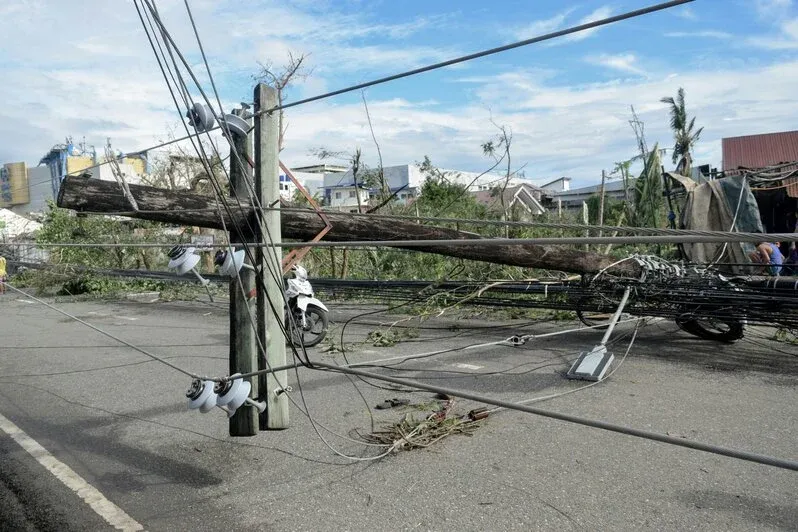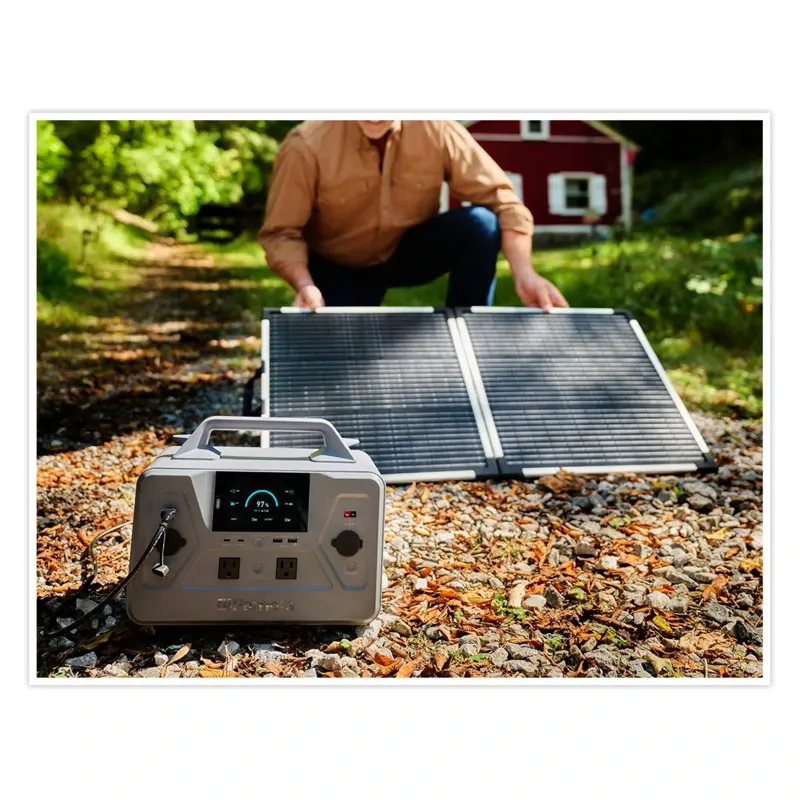Cade’s Corner: 9 Ways to Survive a Blackout
We live in a world where the push of a button can park your car for you. There’s an app for nearly everything—from tracking flights to pinpointing your family’s location within a few feet.
Now, ask yourself: Could I go an hour—much less a day—without my cell phone or laptop?
Technology is incredible and improving every day. It has made life safer, easier, and in many ways better. But there’s one critical thing all these innovations rely on: power.
What Happens If the Batteries Fail?
What if every battery-powered device you own suddenly stopped working? Could you still function? Could you even make it home?
I won’t dive into the possibility of an EMP (electromagnetic pulse) event here. But just imagine a single day without access to battery-operated equipment. Learn more about an EMP attack HERE.
Now, take it one step further: What if the entire power grid failed?
- No lights, no heat, no air conditioning
- No running water, no gas for vehicles
- Businesses, schools, and government offices shut down
- Widespread chaos and uncertainty
If you think localized civil unrest is bad, imagine it on a national level with no power to restore order. That’s a worst-case scenario many don’t want to consider. But history has already given us a preview.
Below are three examples...

Southern California Wildfires
During most of last month, seven wildfires ravaged the Southern California area. Drought conditions, low humidity, and a buildup of vegetation set the stage for the devastation.
Adding to the carnage were hurricane-force Santa Ana winds. They spread the fires and made battling them a nearly impossible task.
At least 29 people were killed by the blazes. Another 200,000 people were forced to evacuate. More than 18,000 homes and structures were damaged or destroyed.
Needless to say, power was knocked out for hundreds of thousands of homes and businesses.
Hurricane Ian
In 2022, Hurricane Ian produced 160 mph winds, killing more than 160 people. And causing $112 billion in damages.
The deadliest hurricane to strike Florida since 1935, Ian reached Category 5 status. Then it slammed into the southwest portion of the state.
More than 9 million American homes and businesses lost power from Ian. Including Florida, Georgia, and South Carolina.
Super Storm Sandy: A Real-World Blackout
Some might say, “That could never happen in America.” But Super Storm Sandy proved otherwise.
On October 29, 2012, Hurricane Sandy made landfall at 8 p.m. EST, leaving 8.5 million people across 15 states without power.
- Over 15,000 flights were canceled worldwide.
- Gas stations in New York City and New Jersey ran dry, leading to long lines and shortages.
- By November 1, at least 149 people had died.
- The storm ended up affecting 24 different states.
Massive blackouts aren’t just a possibility—they’ve already happened.

Don’t Forget About Power in Your Survival Plan
When preparing for emergencies, most people stock up on food and water. That’s great—but what about power?
I personally experienced a prolonged winter blackout at my mountain cabin.
- I had propane for heat, but no electricity to power the furnace fan.
- I had a water well, but no power to run the water pump.
It wasn’t a life-or-death situation—I had a potbelly stove and access to a river. But it was an eye-opener. I realized I had gaps in my survival plan. That experience motivated me to create a fully Off-the-Grid (OTG) property.
How to Prepare for a 10-Day Blackout
You don’t need to go completely off the grid. But you do need to ensure you can survive at least 10 days without power.
Here are 9 ways to do that:
1 - Put together a supply of emergency food and water for your family. Start with 72 hours’ worth, then build it up.
2 - Build an emergency kit or bug-out bag. Store your kit in an easily accessible place. Consider having an additional emergency kit at your place of business in case a blackout occurs while you’re at work.
3 - Make a family communications plan and discuss it with family members. Conduct a dry run every few months to make sure everyone is ready to carry out the plan.
4 - Fill plastic containers with water and place them in the refrigerator and freezer. Leave an inch of space inside each one, as water expands as it freezes. This chilled or frozen water will help keep food cold during a temporary outage.
5 - Be aware that most medication requiring refrigeration can be kept in a closed refrigerator for several hours without a problem. If unsure, check with your physician or pharmacist.
6 - Keep your car tank as full as possible. Gas stations rely on electricity to power their pumps. In addition to being your emergency transportation, your car could also be your charging system. And the only air conditioning or heating you’ll have.
7 - Know where the manual release lever of your electric garage door opener is located. And how to operate it.
8 - Keep all your electronic devices fully charged. You may soon be counting on their batteries.
9 - Get a good supply of cash. Some stores may not be able to process credit card and debit card purchases. Cash machines may not work.
My strong recommendations?
✅ The Patriot Power Generator 1200 – A solar-powered generator that provides reliable backup power.
✅ The Patriot Power Cell-CX – A compact, portable power bank to keep small devices running.
Take action now—before it’s too late.
Be a survivor, not a statistic.
Cade Courtley
Former Navy SEAL / 4Patriots Contributor

Top Emergency Essentials
References:
- All testimonials in this advertisement are from real people; sometimes names and photos have been changed to protect their privacy and some were given free products in exchange for their honest feedback. Testimonials represent exceptional results, don't apply to the average purchaser and are not intended to guarantee that anyone will achieve the same results. The organizations, publications and people referenced on this site are not affiliated with 4Patriots. They have not endorsed, sponsored or recommended this product; no affiliation or endorsement is claimed. Terms & conditions apply. Cade Courtley is a former Navy SEAL and Platoon Commander who served 9 years of active duty and has been compensated by 4Patriots for his hard work in helping us test and endorse this product. Cade Courtley is a former Navy SEAL who served 9 years of active duty and has been compensated by 4Patriots for his hard work in helping us test and endorse products.
